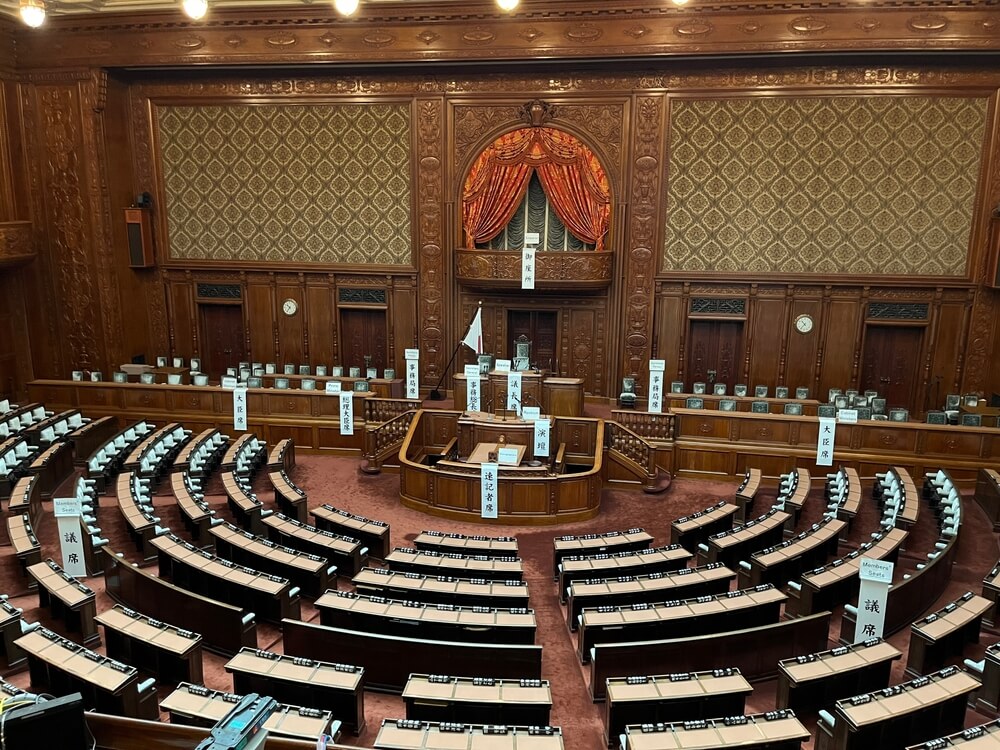Although political stability has been the hallmark of Tokyo for decades, the parliamentary changes following the 20 July elections have shown that it is no longer guaranteed.
In these elections, the coalition of the Liberal Democratic Party (LDP) and Komeito won only 47 of the 125 seats in the Upper House, falling below the 50-seat threshold required for independent passage of laws in a body of 248 MPs.
At the same time, Sanseito ("Japanese First") won 14 seats, confirming Tomorrow's Affairs' 16 July assessment in the analysis, "Is Japan entering an era of anti-immigrant politics?" in which we analysed in detail the threat of growing anti-immigrant rhetoric in Japan and predicted that Sanseito would win a double-digit number of seats.
This result indicated not only a shift in voter sentiment but, more importantly, a deep-rooted discontent that culminated in demands for urgent and comprehensive reform.
The economic environment at the time of the election was extremely difficult. In April, the International Monetary Fund revised its expectations for Japanese growth to 0.6% in 2025 (previously 1.1%) and warned that the 25% US tariffs on cars and electronic components that will come into force on 1 August could wipe out much of the increase in domestic consumption.
In parallel, the core consumer price index (CPI), which excludes fresh food, rose by 3.3% year-on-year in June—well above the Bank of Japan's 2% target—while staple food prices rose by 4.5% due to drought and supply chain disruptions.
Demographic trends are further constraining the government's fiscal flexibility. Almost 29% of the Japanese population is over 65, and the labour force is shrinking by more than half a million people a year, prompting the authorities to consider structural changes to the tax and pension systems.
At the same time, public debt is over 256% of GDP, making it the highest among the world's largest economies. Foreign exchange reserves stand at a record USD 1.3 trillion, providing only temporary protection against external shocks.
Japan’s post-election challenges
In such an environment, Sanseito articulated a message about protecting the "Japanese way of life" and stricter immigration control, drawing on narratives of foreigners' "silent attack" on local labour markets and social norms.
In an analysis on 16 July, the Tomorrow's Affairs portal described this as one of the most important changes in the agenda, noting that a previously marginal issue has become a key pre-election issue.
On election day, Sanseito was able to turn this advantage into 14 mandates and cement its status as the main critic of the establishment.
The election result has a direct impact on economic and social solutions in Tokyo. Any proposal to increase fiscal stimulus, reduce consumption taxes, or subsidise innovation will have to go through negotiations with the Constitutional Democratic Party (CDP) and smaller parties, which will slow down the passage of legislation and diminish their ambitions.
Such parliamentary fragmentation may delay important reforms that are needed to boost growth and maintain social cohesion.
Without a stable parliamentary majority, Japanese negotiators risk that any concession will further weaken their position with Washington
The financial markets reacted by changing positions: the yen strengthened briefly after Prime Minister Shigeru Ishiba declared that he would continue negotiations with Washington on the suspension of tariffs, while yields on ten-year government bonds were cut slightly by investors in anticipation of possible fiscal expansion.
At the same time, ratings agency Moody's warned that the irrational expansion of fiscal stimulus, if not followed by structural reforms, could lead to a credit rating downgrade, particularly if the deficit exceeds the 14 trillion-yen level of previous stimulus packages.
At the international level, the 1 August deadline brings US trade tariffs of 25% on cars and electronic components, which threaten to further burden exports, which were worth more than 120 billion dollars to the USA in 2024. Without a stable parliamentary majority, Japanese negotiators risk that any concession will further weaken their position with Washington.
On military issues, Washington is increasingly pressuring Japan to raise defence spending to 3.5% of GDP, but the upper house, now fragmented, is forced to make complex coalition agreements for each decision.
Regional partners like the Philippines and Australia closely monitor political developments and evaluate Tokyo's reliability in implementing a joint deterrence strategy in the Indo-Pacific.
Loose coalitions or early elections?
Analysing the statistics also reveals challenges. In the last decade, Japan has lost more than five million working-age citizens, and female participation in the labour market rose to 69%, but not enough to offset the impact of an ageing population.
 More radical scenario envisages early elections to the lower house, which would allow voters to redefine the parliament, but it would deepen political uncertainty in the meantime
More radical scenario envisages early elections to the lower house, which would allow voters to redefine the parliament, but it would deepen political uncertainty in the meantime
Two main directions are now emerging for Tokyo. The first involves urgent, loose coalitions passing legislation on tax breaks and subsidies for industrial modernisation but at the cost of delaying or reducing structural reforms.
Another, more radical scenario envisages early elections to the lower house, which would allow voters to redefine the parliament, but it would deepen political uncertainty in the meantime.
The rise of Sanseito and the loss of power in the upper house represent a turning point, the outcome of which will determine whether Japan will be able to reconcile the short-term demands of the population with long-term strategic imperatives and maintain its position as a major player in the Indo-Pacific region and the global economy in the face of strong economic, demographic, and geopolitical pressures.